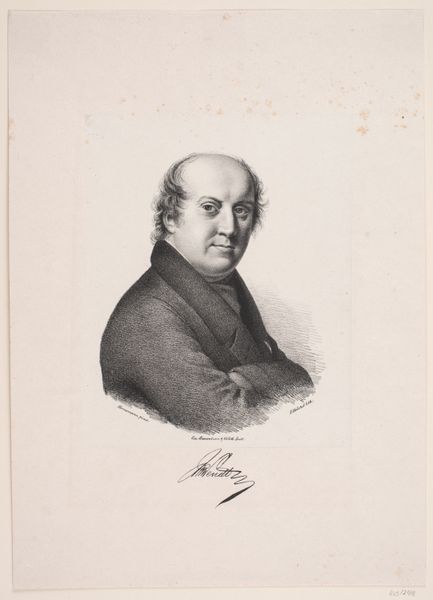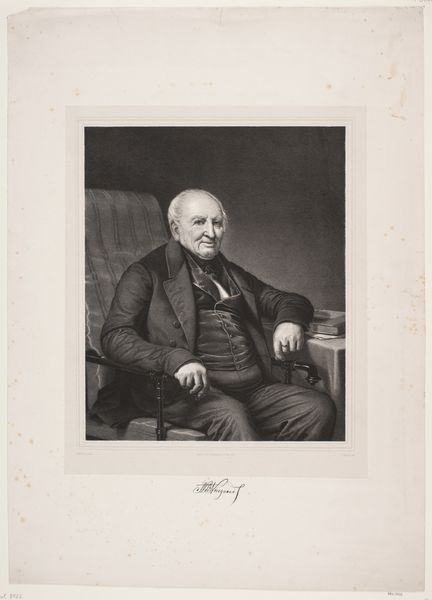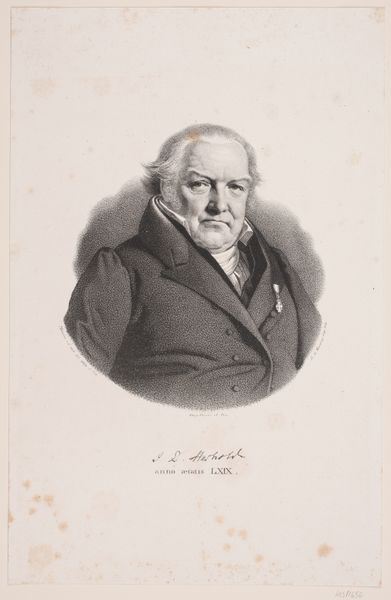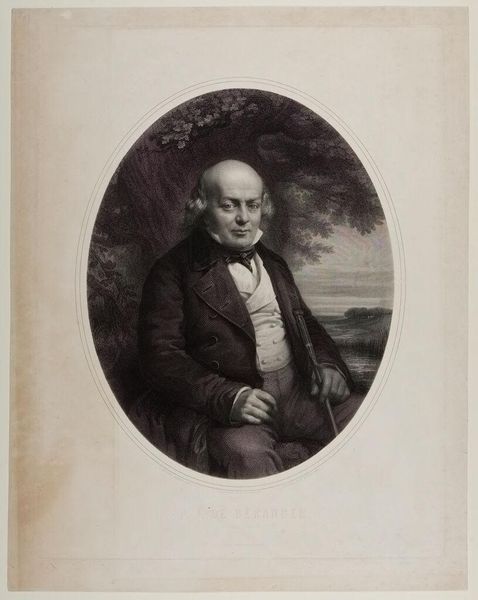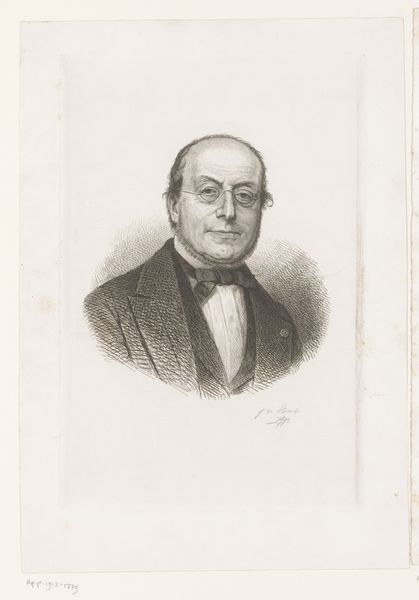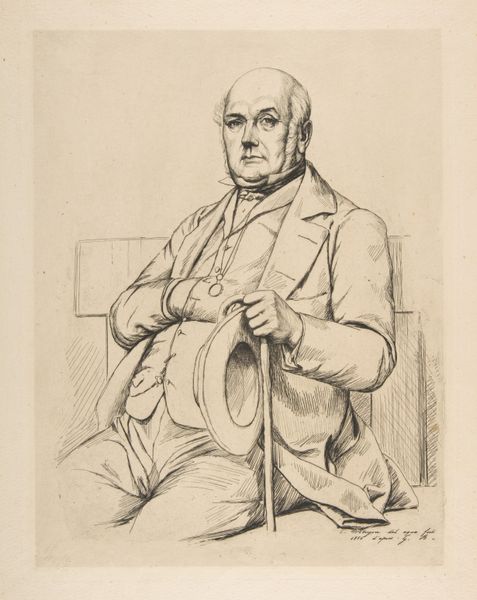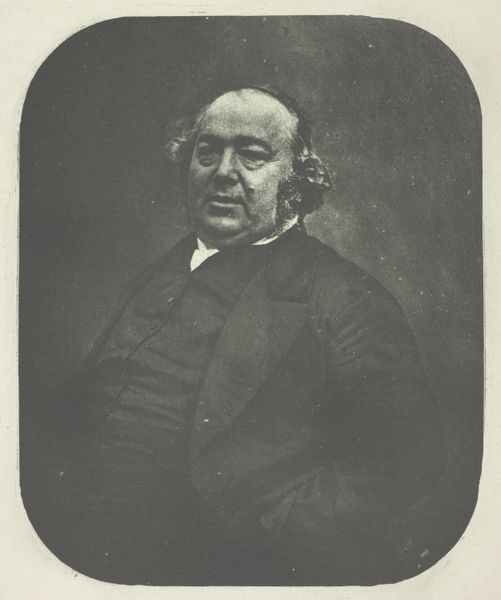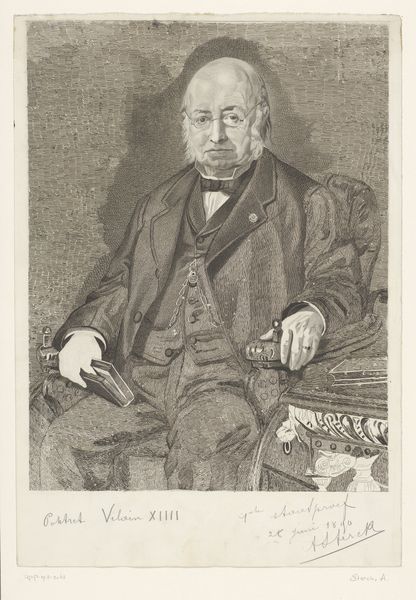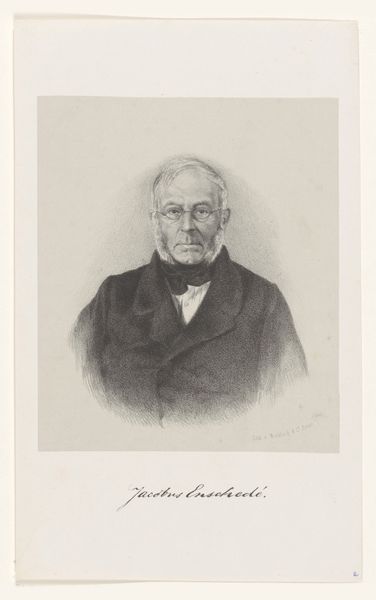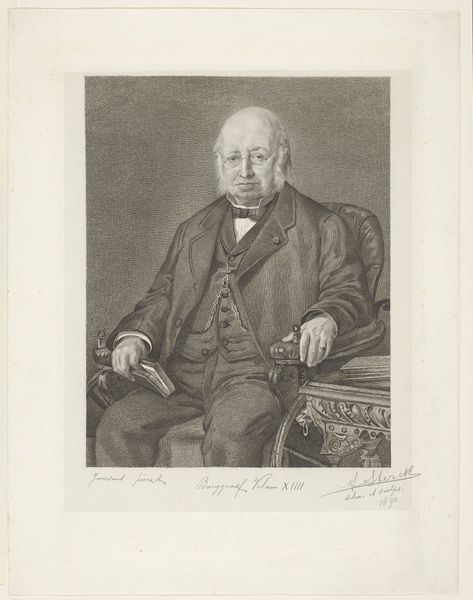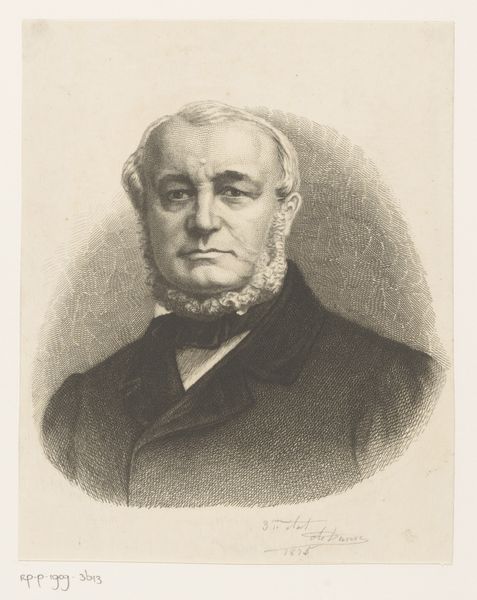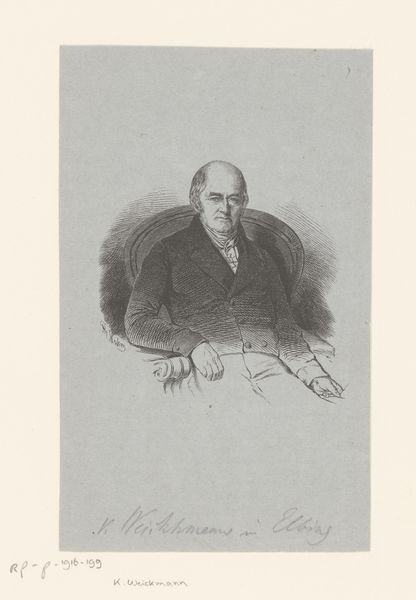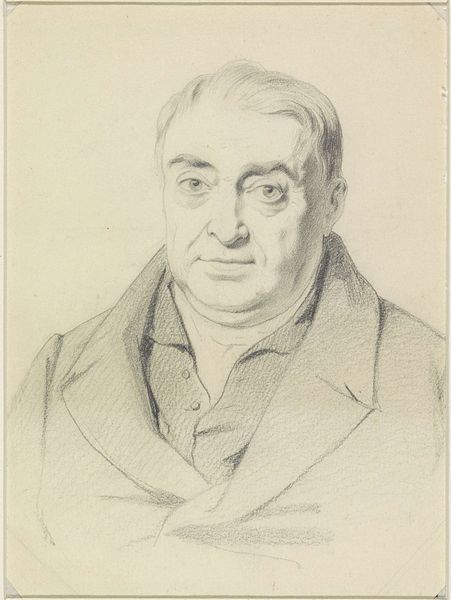
drawing, pencil
#
portrait
#
pencil drawn
#
drawing
#
pencil drawing
#
pencil
#
portrait drawing
#
realism
Dimensions: height 222 mm, width 152 mm
Copyright: Rijks Museum: Open Domain
Curator: At first glance, the shading in this pencil drawing makes it seem older than I expected. It has such a strong presence! Editor: Indeed! What strikes me immediately is the precision of the line work—every stroke, every hatched shadow, meticulously crafted. It seems almost a study in the dedication and skill poured into it, irrespective of who the man is. This is "Portret van een onbekende man", created by Theodorus Henricus Kerstel, sometime between 1896 and 1936. It resides here, at the Rijksmuseum. Curator: The way Kerstel renders the texture of the jacket, versus the smoothness of the man's face… it really emphasizes the societal position this man held. The attention to his clothes suggests status. Did Kerstel receive specific commissions? I’m curious about his relationship to the subject. Editor: It raises questions about the artistic economy of portraiture at that time, absolutely! Pencil as the chosen medium offers a level of accessibility. A commissioned painting involved a far greater financial transaction, right? There's a directness, a raw immediacy to a pencil drawing that perhaps makes the sitter feel a closer, almost tangible, relationship with the artist. Curator: Exactly! There's also something profoundly unsettling about the lack of identification. "An unknown man." It raises questions about memory, history, and how we choose to remember, or perhaps forget, certain individuals. He looks every bit the established citizen of his day, but his name escapes us. What narratives are lost? Editor: Absolutely. And even the *type* of pencil, its grade of lead, influenced the process. Think of the hours and the skill. How readily available was paper to Kerstel and, therefore, his social circles? I keep coming back to the process. We're missing context; did this study serve a grander purpose, say a full painting never made? Curator: It's fascinating how a simple portrait can reveal so much about social strata, artistic labor, and even the politics of memory, or its failings. I am always struck by how what appears to be simply documentation is anything but simple. Editor: Agreed. It brings materiality into the experience itself; appreciating art is appreciating the labor and the historical context surrounding material creation and use, isn’t it?
Comments
No comments
Be the first to comment and join the conversation on the ultimate creative platform.
